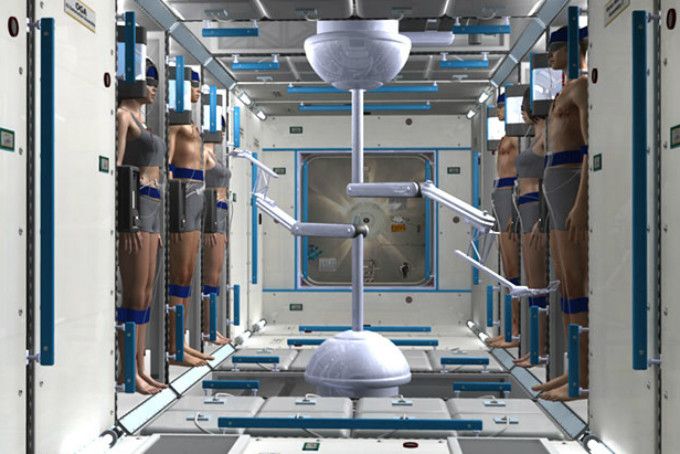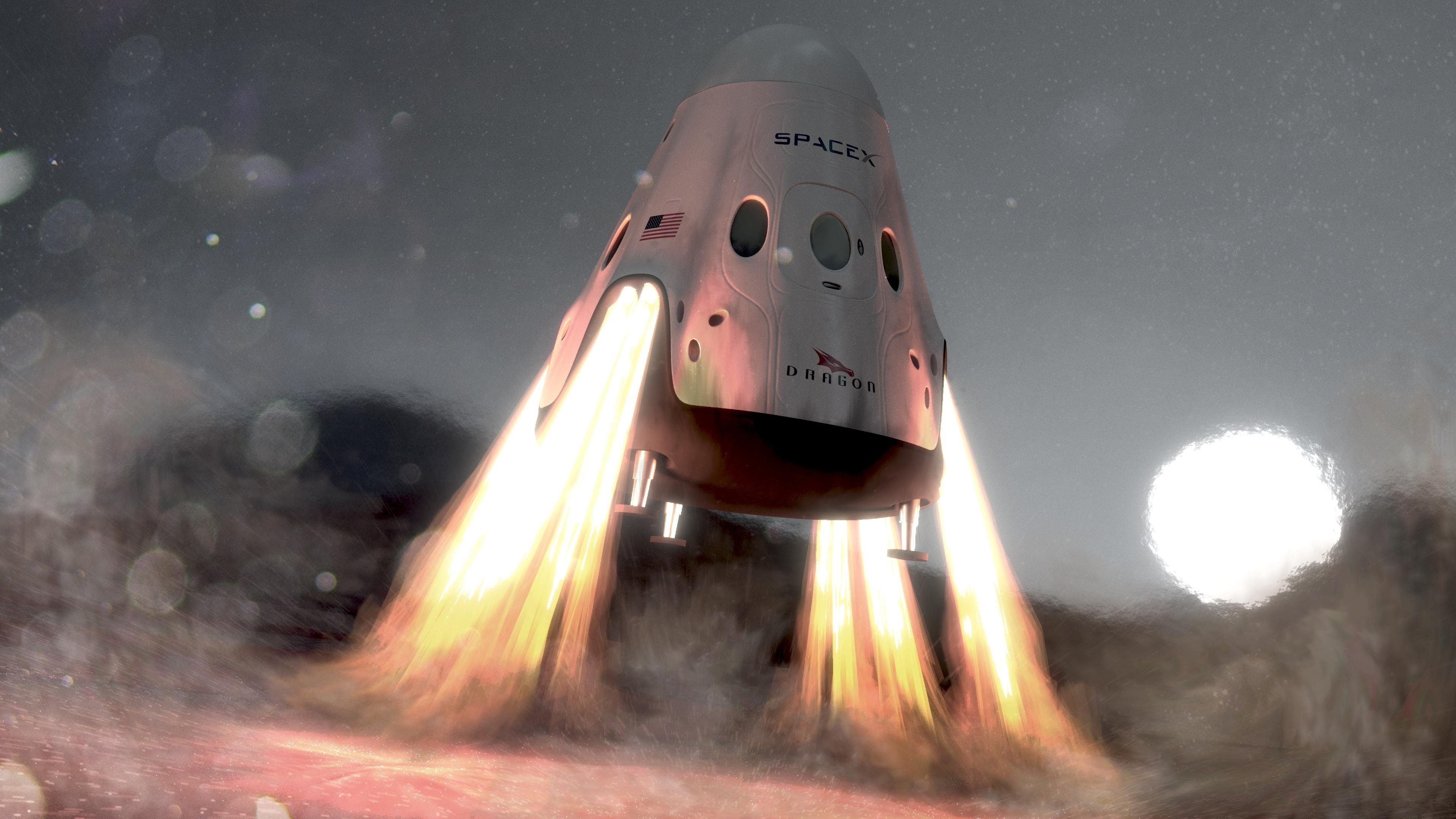SpaceWorks and NASA have teamed up to develop a way to induce a state of stasis for astronauts on long space travel missions.






Tiangong translates literally to ‘Heavenly Palace’ and is China’s first space station program which, in its early stages, is not unlike the early Salyut space stations and the American Skylab – launched with equipment and supplies for a finite mission duration already on board and not serviced by cargo resupply vehicles.
China’s first Heavenly Palace arrived in orbit in late September 2011 after a flawless launch atop a Long March 2F rocket. Orbiting Earth over 300 Kilometers in altitude, Tiangong was first visited two months after launch when the uncrewed Shenzhou-8 spacecraft completed China’s first automatic docking in space.

A look at the concept of Self-Replicating Machines, Universal Assemblers, von Neumann Probes, Grey Goo, and Berserkers. While we will discuss the basic concept and some on-Earth applications like Medical Nanotechnology our focus will be on space exploration and colonization aspects.
Another (more in depth) on Lockheed’s efforts on Space Travel leveraging Quantum Entanglement.
It’s called quantum entanglement, it’s extremely fascinating and counter to what we believe to be the known scientific laws of the universe, so much so that Einstein himself could not wrap his head around it. Although it’s called “quantum entanglement,” though Einstein referred to it as “spooky action at a distance.”
Recent research has taken quantum entanglement out of the theoretical realm of physics, and placed into the one of verified phenomena. An experiment devised by the Griffith University’s Centre for Quantum Dynamics, led by Professor Howard Wiseman and his team of researchers at the university of Tokyo, recently published a paper in the journal Nature Communications confirming what Einstein did not believe to be real: the non-local collapse of a particle’s wave function. (source)(source), and this is just one example of many.
They did this by splitting a single photon between two laboratories, and testing whether measurement of it in one laboratory would actually cause a change in the local quantum state in the other laboratory. In doing so, researchers were able to verify the entanglement of the split single photon.
A couple of years ago, researchers at NASA’s Johnson Space Centre discovered a thruster system which actually generates thrust, despite requiring absolutely no propellant. The implications of this discovery are far-reaching; applications for space flight and other technologies which require propulsion could one day become far cheaper, allowing space exploration to expand exponentially. The existence of this technology also further validates the fact that energy can be derived from tapping into the quantum vacuum, also known as “zero-point.”
Bottom line is that space is not empty, and the energy which lies within it can be used. This was experimentally confirmed when the Casimir Effect illustrated zero point or vacuum state energy, which predicts that two metal plates close together attract each other due to an imbalance in the quantum fluctuations (source)(source).
The propellant-less thruster is called the Cannae Drive, invented by Guido Fetta, and was tested by NASA over an eight day testing campaign that took place in August of 2013. It’s also known as the EM drive. It showed that a small amount of thrust was achieved inside a container, again, without the use of any fuel. The results were then presented at the 50th Joint Propulsion Conference in Cleveland, Ohio in July the next year.
Now, if we could just get the US to launch our own Quantum Satellite in space.
Recent research has taken quantum entanglement out of the theoretical realm of physics, and placed into the one of verified phenomena. An experiment devised by the Griffith University’s Centre for Quantum Dynamics, led by Professor Howard Wiseman and his team of researchers at the university of Tokyo, recently published a paper in the journal Nature Communications confirming what Einstein did not believe to be real: the non-local collapse of a particle’s wave function. (source)(source), and this is just one example of many.
They did this by splitting a single photon between two laboratories, and testing whether measurement of it in one laboratory would actually cause a change in the local quantum state in the other laboratory. In doing so, researchers were able to verify the entanglement of the split single photon.
Researchers have since replicated this experiment over and over again, with results of entanglement seen at kilometres of distance. Below is a great visual depiction of what quantum entanglement from the film, “What The Bleep Do We Know.”